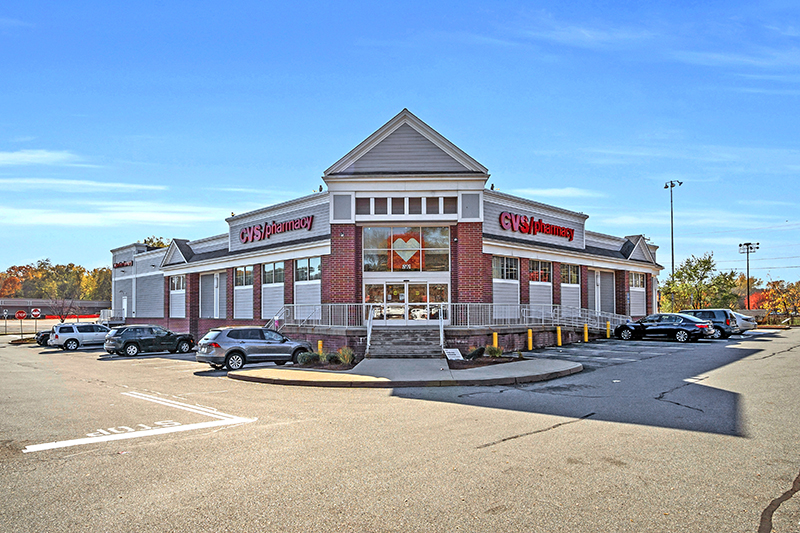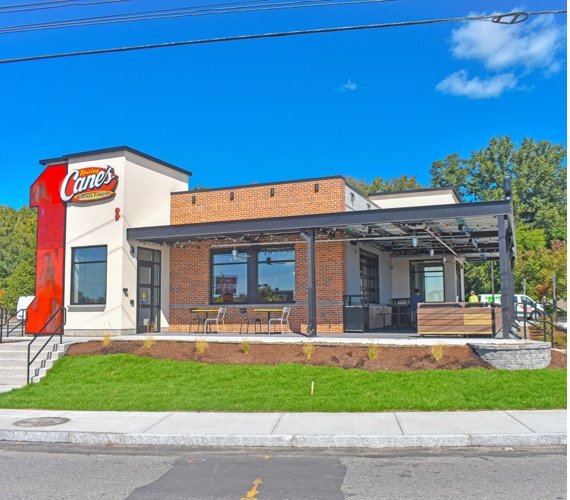Question of the Month: Have you explored the 2018 tax impact of the recent Tax Cut and Jobs Act? - by Bill Cusato

Bedford Cost Segregation
The recently-enacted Tax Cut and Jobs Act (TCJA) marks the most significant tax code change since the 1986 Tax Reform Act. The news for commercial property investors looking to reduce their tax liability is extremely favorable. This article will focus on the attributes of TCJA code with respect to depreciation and other write-off opportunities for both newly constructed and acquired properties, along with the treatment of renovation and tenant improvement investments.
For example, a CVS acquisition at a price of $6 million and a land allocation of $1 million would leave a depreciable basis of $5 million. A cost segregation study would then identify the value of many components that can be depreciated over shorter depreciable lives. Typically, a drugstore study would realize approximately $1.5 million in assets that would be reallocated from 39-year base building to 5 and 15-year depreciable lives. Based on 100% bonus depreciation, TCJA allows all $1.5 million to be depreciated in 2018…that’s right…a $6 million acquisition might result in a first year depreciation deduction of $1.5 million! If this benefit exceeds the taxpayer’s 2018 tax liability, in most cases the balance can be applied over the following 20 years and it is possible the owner will not write a tax payment check for a number of years. Previously, bonus depreciation was available for newly constructed projects only – and only at a 50% level. With TCJA both newly constructed and acquired properties are now eligible for this 100% bonus benefit.
Now some fine print: The 100% bonus depreciation benefit is available for acquired properties whose written binding contract occurred after September 27, 2017, typically signified by a P&S. Also, for new construction projects placed in service in 2018, if more than 10% of the property’s hard costs were in place as of September 27, 2017, depreciation then defaults to the previous bonus depreciation rules at a 40% bonus level. Finally, if the property is held within a tax entity with gross receipts that exceed $25 million, the use of 100% bonus could trigger some interest deduction limitations.
Property renovation investments will also benefit from 100% bonus depreciation. For example, a cost segregation study of a $1 million renovation project would typically identify 20 – 30% of this cost which could be allocated to shorter depreciable lives, as result $200,000 - $300,000 would then be eligible for a 100% first year write-off. Of course a cost segregation study prior to renovation will create a baseline of asset values which will support the “tax retirement” of those assets that will be removed from service, known as Partial Asset Disposition.
Due to an oversight, TCJA has eliminated some tenant improvement benefit that was previously available; namely incentives labeled qualified leasehold/retail/restaurant & improvement property. Each brought some mix of 15-year and/or bonus depreciation benefit, but now all have been cast as 39-year assets with zero bonus depreciation. A technical correction is expected to restore some level of benefit. For larger TI investments, a cost segregation study will often be deployed to carve out shorter life property, all of which would be eligible for 100% bonus depreciation.
In summary, the Tax Cut and Jobs Act will generate an astonishing benefit to those that build, acquire and renovate property through 2022. Well prepared cost segregation studies will be required to identify shorter life assets to unlock this benefit. Of course the reader’s tax and financial advisors should be integrated with the decision making process related to these valuable tax saving strategies.
Bill Cusato is senior director of business development at Bedford Cost Segregation, Bedford, N.H.
Mace of KeyPoint Partners negotiates 36,192 s/f lease for The Picklr at Endicott Square
Danvers, MA KeyPoint Partners (KPP) negotiated a lease with the nation’s premier indoor pickleball venue The Picklr at Endicott Sq. Vice president of retail brokerage Don Mace negotiated the transaction on behalf of the landlord.




.jpg)



